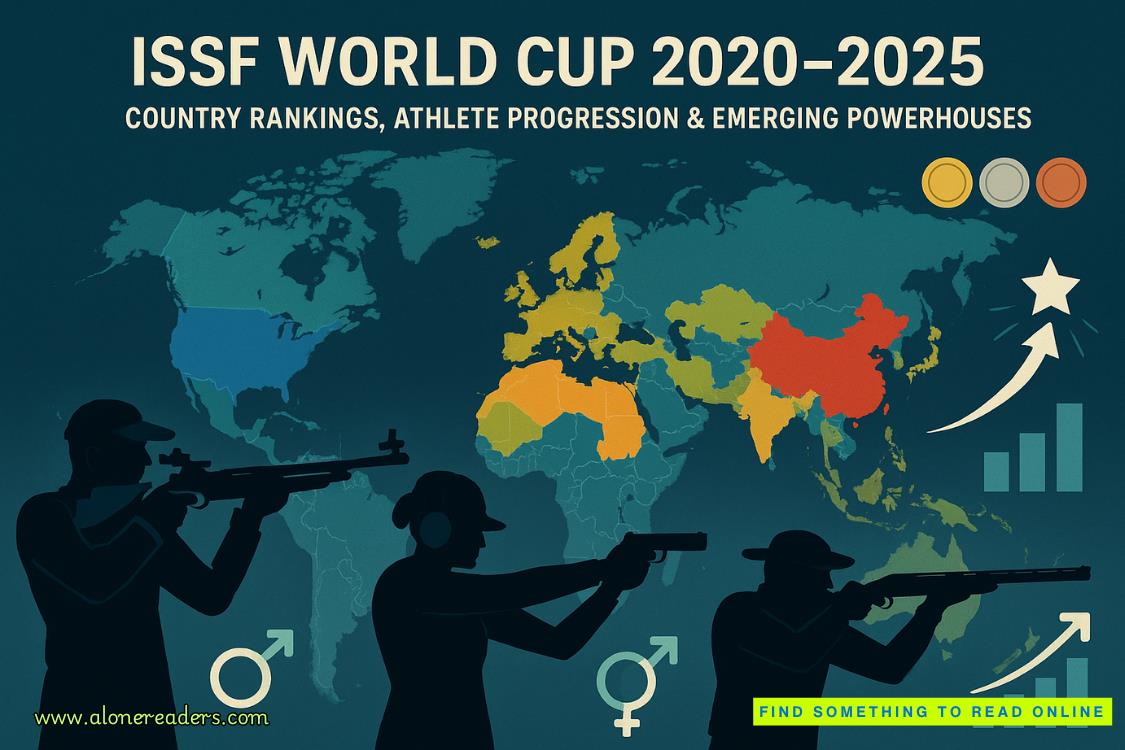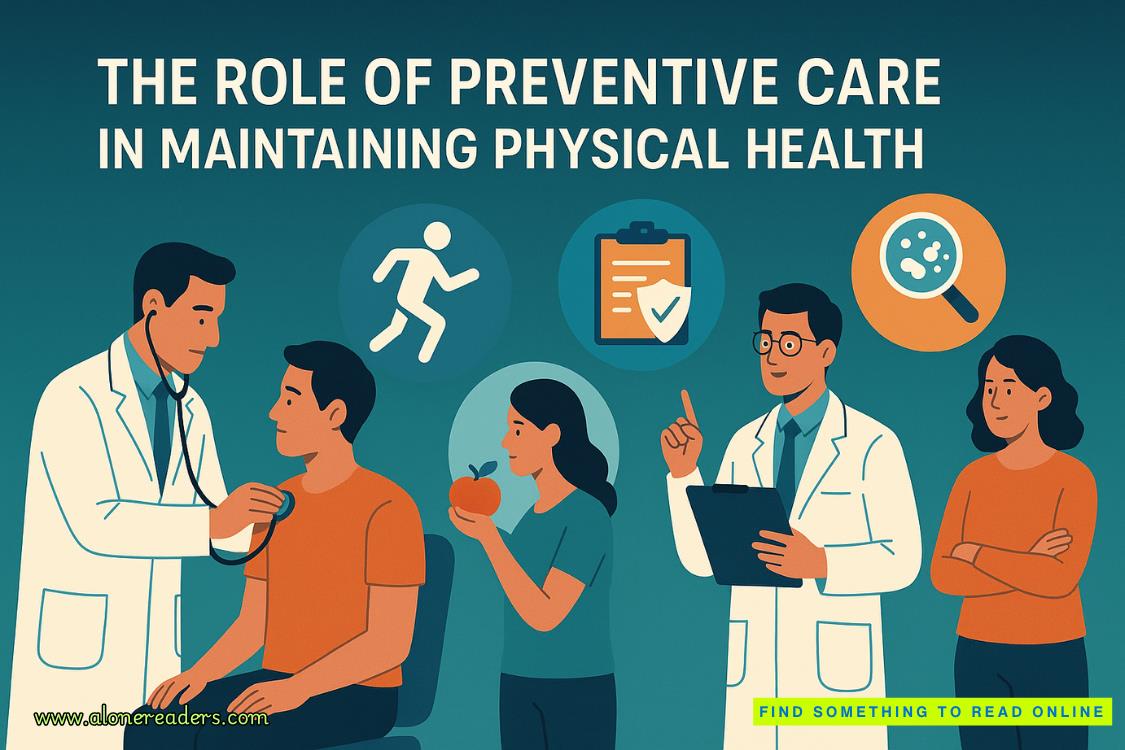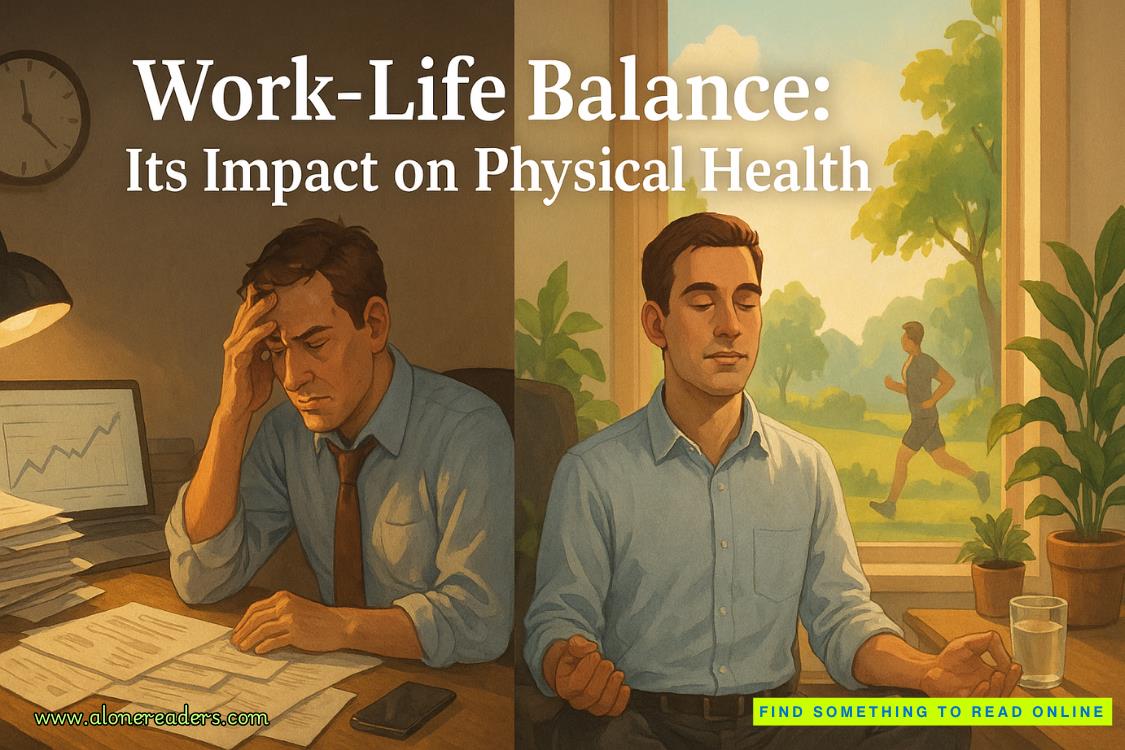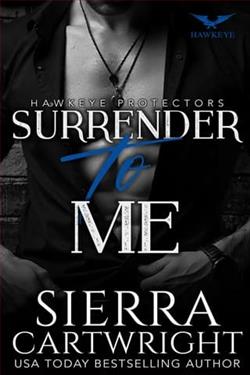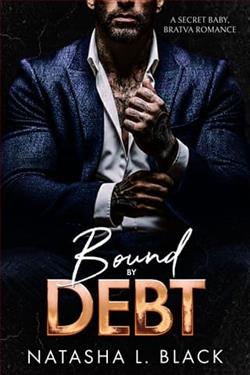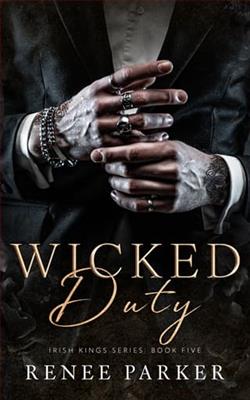Page 9 of The Cold Moon (Lincoln Rhyme 7)
Amelia Sachs had pretty much seen it all, or so she thought. But these were as cruel means of death as she could recall.
She'd spoken to Rhyme from Westchester and he'd told her to hurry to lower Ma
nhattan, where she was to run two scenes of homicides committed apparently hours apart by somebody calling himself the Watchmaker.
Sachs had already run the simpler of the two--a pier in the Hudson River. It was a fast scene to process; there was no body and most of the trace had been swept away or contaminated by the abrasive wind flowing along the river. She'd photographed and videoed the scene from all angles. She noted where the clock had been--troubled that the scene had been disturbed by the bomb squad when they'd collected it for testing. But there was no alternative, with a possible explosive device.
She collected the killer's note, too, partly crusted with blood. Then she'd taken samples of the frozen blood. She noted fingernail marks on the pier where the victim had held on, dangling above the water, then slid off. She collected a torn nail--it was wide, short and unpolished, suggesting that the victim was a man.
The killer had cut his way through the chain-link fence protecting the pier. Sachs took a sample of the wire to check for tool marks. She found no fingerprints, footprints or tire tread marks near the point of entry or the pool of frozen blood.
No witnesses had been located.
The medical examiner reported that if the victim had indeed fallen into the Hudson, as seemed likely, he would have died of hypothermia within ten minutes or so. NYPD divers and the Coast Guard were continuing their search for the body and any evidence in the water.
Sachs was now at the second scene, the alleyway off Cedar Street, near Broadway. Theodore Adams, midthirties, was lying on his back, duct tape gagging him and binding his ankles and wrists. The killer had looped a rope over a fire escape, ten feet above him, and tied one end to a heavy, six-foot-long metal bar with holes in the ends like the eye of a needle. This the killer had suspended above the victim's throat. The other end of the rope he'd placed in the man's hands. Being bound, Adams couldn't slide out from under the bar. His only hope was to use all his strength to keep the massive weight suspended until someone happened along to save him.
But no one had.
He'd been dead for some time and the bar had continued to compress his throat until the body froze solid in the December cold. His neck was only about an inch thick under the crushing metal. His expression was the chalky, neutral gaze of death but she could imagine how his face must have looked for the--what?--ten or fifteen minutes he'd struggled to stay alive, growing red from the effort, then purple, eyes bulging.
Who on earth would murder in these ways, which were obviously picked for prolonged deaths?
Wearing a white Tyvek bodysuit to prevent trace from her clothes and hair from contaminating the scene, Sachs readied the evidence collection equipment, as she discussed the scene with two of her colleagues in the NYPD, Nancy Simpson and Frank Rettig, officers based at the department's main crime scene facility in Queens. Nearby was their Crime Scene Unit's rapid response vehicle--a large van filled with the essential crime scene investigation equipment.
She slipped rubber bands around her feet to distinguish her prints from the perp's. (Another of Rhyme's ideas. "But why bother? I'm in the Tyvek, Rhyme, not street shoes," Sachs had once pointed out. He'd looked at her wearily. "Oh, excuse me. I guess a perp would never think to buy a Tyvek suit. How much do they cost, Sachs? Forty-nine ninety-five?")
Her first thoughts were that the killings were either organized-crime hits or the work of a psychopath; OC clips were often staged like these to send messages to rival gangs. A sociopath, on the other hand, might set up such an elaborate killing out of delusion or for gratification, which might be sadistic--if it had a sexual motivation--or simply cruel for its own sake, apart from lust. In her years on the street she'd learned that inflicting pain was a source of power in itself and could even be addictive.
Ron Pulaski, in uniform and leather jacket, approached. The blond NYPD patrolman, slim and young, had been helping out Sachs on the Creeley case and was on call to assist on cases that Rhyme was handling. After a bad run-in with a perp had put him in the hospital for a long stay, he'd been offered medical disability retirement.
The rookie had told Sachs that he'd sat down with Jenny, his young wife, and discussed the issue. Should he go back on duty or not? Pulaski's twin brother, also a cop, provided input too. And in the end he chose to undergo therapy and return to the force. Sachs and Rhyme had been impressed with his youthful zeal and pulled some strings to get him assigned to them whenever possible. He later confessed to Sachs (never to Rhyme, of course) that the criminalist's refusal to be sidelined by his quadriplegia and his aggressive regimen of daily therapy were Pulaski's main inspiration to get back on active duty.
Pulaski wasn't in Tyvek, so he stopped at the yellow tape marking the scene. "Jesus," he muttered as he stared at the grotesque sight.
Pulaski told her that Sellitto and other officers were checking with security guards and office managers in the buildings around the alley to learn if anyone had seen or heard the attack or knew Theodore Adams. He added, "The bomb squad's still checking on the clocks and'll deliver 'em to Rhyme's later. I'm going to get all the license plates of the cars parked around here. Detective Sellitto told me to."
Her back to Pulaski, Sachs nodded. But she really wasn't paying much attention to this information; it wasn't useful to her at the moment. She was about to search the scene and was trying to clear her thoughts of distractions. Despite the fact that by definition crime scene work involves inanimate objects, there's a curious intimacy to the job; to be effective, CS cops have to mentally and emotionally become the perps. The whole horrific scenario plays itself out in their imaginations: what the killer was thinking, where he stood when he lifted the gun or club or knife, how he adjusted his stance, whether he lingered to watch the victim's death throes or fled immediately, what caught his attention at the scene, what tempted and repulsed him, what was his escape route. This wasn't psychological profiling--that occasionally helpful, media-chic portrait-painting of suspects; this was the art of mining the huge clutter at crime scenes for those few important nuggets that could lead to a suspect's door.
Sachs was now doing this, becoming someone else--the killer who'd engineered this terrible end to another human being.
Eyes scanning the scene, up and down, sideways: the cobblestones, the walls, the body, the iron weight . . .
I'm him. . . . I'm him. . . . What do I have in mind? Why did I want to kill these vics? Why in these ways? Why on the pier, why here?
But the cause of death was so unusual, the killer's mind so removed from hers, that she had no answers to these questions, not yet. She pulled on her headset. "Rhyme, you there?"
"And where else would I be?" he asked, sounding amused. "I've been waiting. Where are you? The second scene?"
"Yes."
"What are you seeing, Sachs?"
I'm him. . . .
"Alleyway, Rhyme," she said into the stalk mike. "It's a cul-de-sac for deliveries. It doesn't go through. The vic's close to the street."
"How close?"


